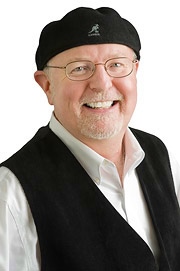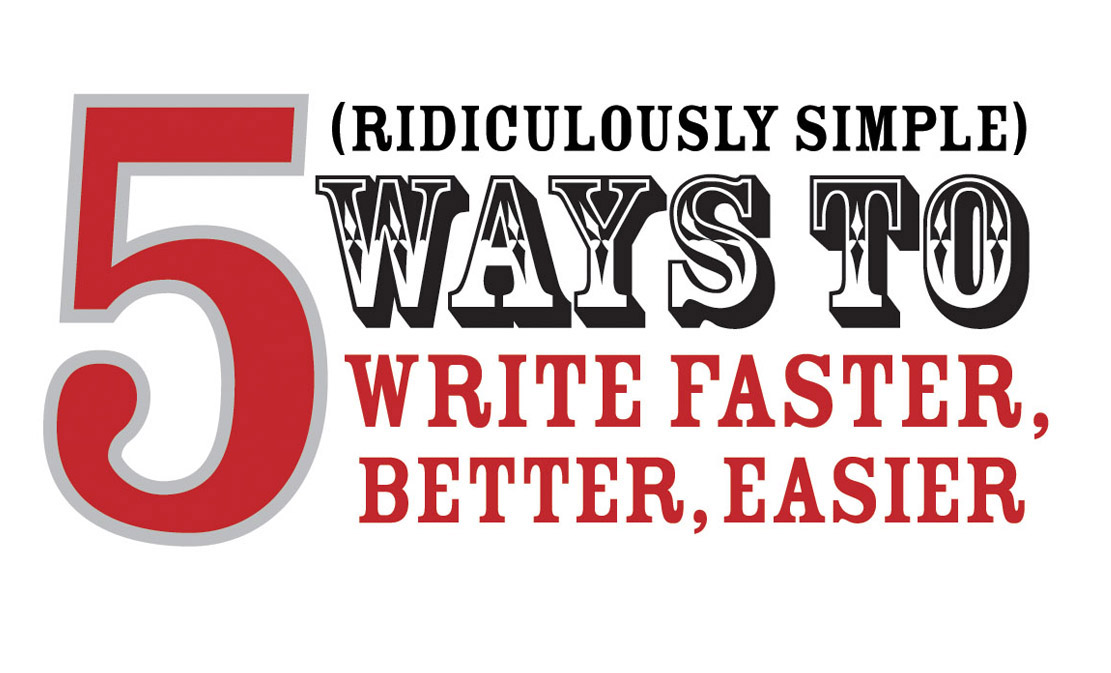The Resonance Principle: 12 Thought-Provoking Ideas
 Sunday, March 8, 2009 at 06:00PM
Sunday, March 8, 2009 at 06:00PM No matter what field or industry you're in, I can't emphasize enough the importance of getting your hands on two books by Tony Schwartz; media pioneer, audio documentarian and electronic guru. "The Responsive Chord" and "Media: The Second God." They are also available on Tony's site.

I shared the basic concept behind Tony Schwartz’s “Resonance Principle” in a previous post, "The Resonance Principle: Are Your Viewers Resonating with Your Videos?"
If you don't get a chance to read Tony's works, then here's a "best of." These quotes are what resonated with me the most as I read and re-read his ideas. I hope these quotes inspire you to learn more about Tony's ground-breaking concepts on how the brain processes electronic media. The "Resonance Principle" covers a lot of areas and I'll be exploring a few of them in further detail over the coming months. (Note: My emphasis in bold.)
1. “Traditionally, “communication” means “getting something across,” via mail delivery, Western Union, book shipment, newspaper distribution, and the like. It assumes that to communicate you must deliver your message across a gap, transport it from one mind to another. In working with the electronic media, I have evolved a “resonance theory.” The resonance theory of communication is based on the phenomenon of hearing. It concentrates on evoking responses from people by attuning the message to their prior experience.” (Media: The Second God)
2. “The transportation theory of communication holds that the content of a communication is that which it contains. Thus a magazine’s content is whatever lies between the covers. The resonance theory holds that the real content of an electronic communication is the interaction between the material on the medium that one receives (the sound or radio or telephone and the combination of sound and image on television) and the stored information in the minds of those who receive the communication. The resonance theory studies the relationship between the message (the stimulus) and the material in the mind of the receiver.”
(Media: The Second God)
3. “The most important thing to realize is that people are born without earlids…So what determines what people hear or listen to? Very simply, they listen to anything that concerns or interests them. I remember when I was looking for a mortgage, I heard every mortgage commercial. The day I got my mortgage, they stopped running them. I don’t know how they knew.” (NYTimes article, 3/10/89)
4. “In developing a set of useful principles for communicating, it is necessary to abandon most of the traditional rules we were taught. A resonance approach does not begin by asking “What do I want to say?” We seek to strike a responsive chord in people, not to get a message across.” (The Responsive Chord)
5. “In electronically mediated human communication, the function of a communicator is to achieve a state of resonance with the person receiving visual and auditory stimuli from television…” (The Responsive Chord)
6. “In viewing television, the brain remembers previous light waves, sees the present ones, and anticipates future ones, putting the “picture” together just as we put words together when we hear speech. This is a startling new development: For the first time in man’s history, our brains are being used by our eyes and ears in the same manner. In other words, with electronic media we now “see” by the same process by which we have always heard.” (Media: The Second God)
7. “Man has never before experienced a world of visual sensation patterned in an auditory mode.” (The Responsive Chord)
8. “In communicating at electronic speed, we no longer direct information into an audience, but try to evoke stored information out of them, in a patterned way.” (The Responsive Chord)
9. “Resonance takes place when the stimuli put into our communication evoke meaning in a listener or viewer. That which we put into the communication has no meaning in itself. The meaning of our communication is what a listener or viewer gets out of his experience with the communicator’s stimuli. The listener’s or viewer’s brain is an indispensable component of the total communication system. His life experiences as well as his expectations of the stimuli he is receiving, interact with the communicator’s output in determining the meaning of the communication.” (The Responsive Chord)
10. “The communicator’s problem, then, is not to get the stimuli across, or even to package his stimuli so they can be understood and absorbed. Rather, he must deeply understand the kinds of information and experiences stored in his audience, the patterning of this information, and interactive resonance process whereby stimuli evoke this stored information.” (The Responsive Chord)
11. "The traditional communication process is thus reversed. A “message” is not the starting point for communicating. It is the final product arrived at after considering the effect we hope to achieve and the communication environment where people will experience our stimuli." (The Responsive Chord)
12. “The vital question to be posed in formulating a new theory of communication is: What are the characteristics of the process whereby we organize, store and act upon the patterned information that is constantly flowing into our brain? … how do we tune communication to achieve the desired effect for someone creating a message?”
(The Responsive Chord)
Over to you. What do you think?
- Do you begin a video project by what you want to say or how you want to make your viewers feel?
- Do you consider your viewer's background and experience before committing to a message?
- If not, do you think integrating the resonance concepts would make a difference in your approach to future projects?
---Tom




Reader Comments (4)
Per your suggestion, I ordered both "The Responsive Chord" and "Media: The Second God" yesterday. Thanx for the heads-up on these... We'll no doubt be discussing these works soon. ;-)
Thrilled you ordered the books! Be sure to re-comment here so we can keep the conversation going. It'll be food for future posts.
Tom